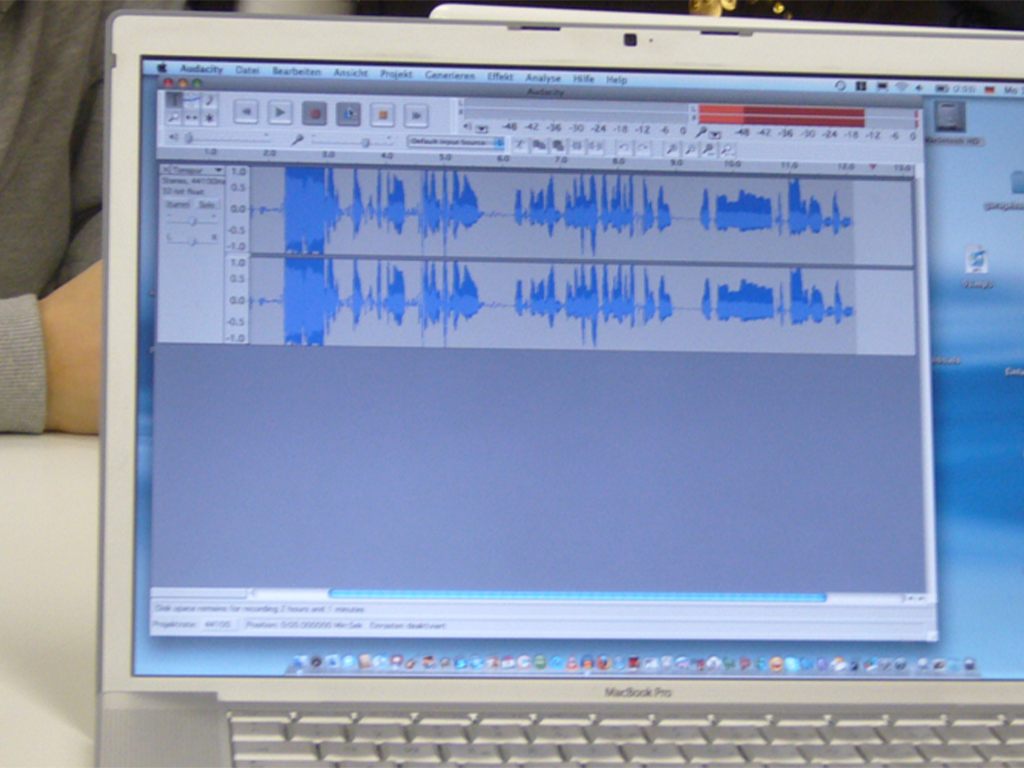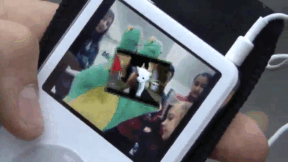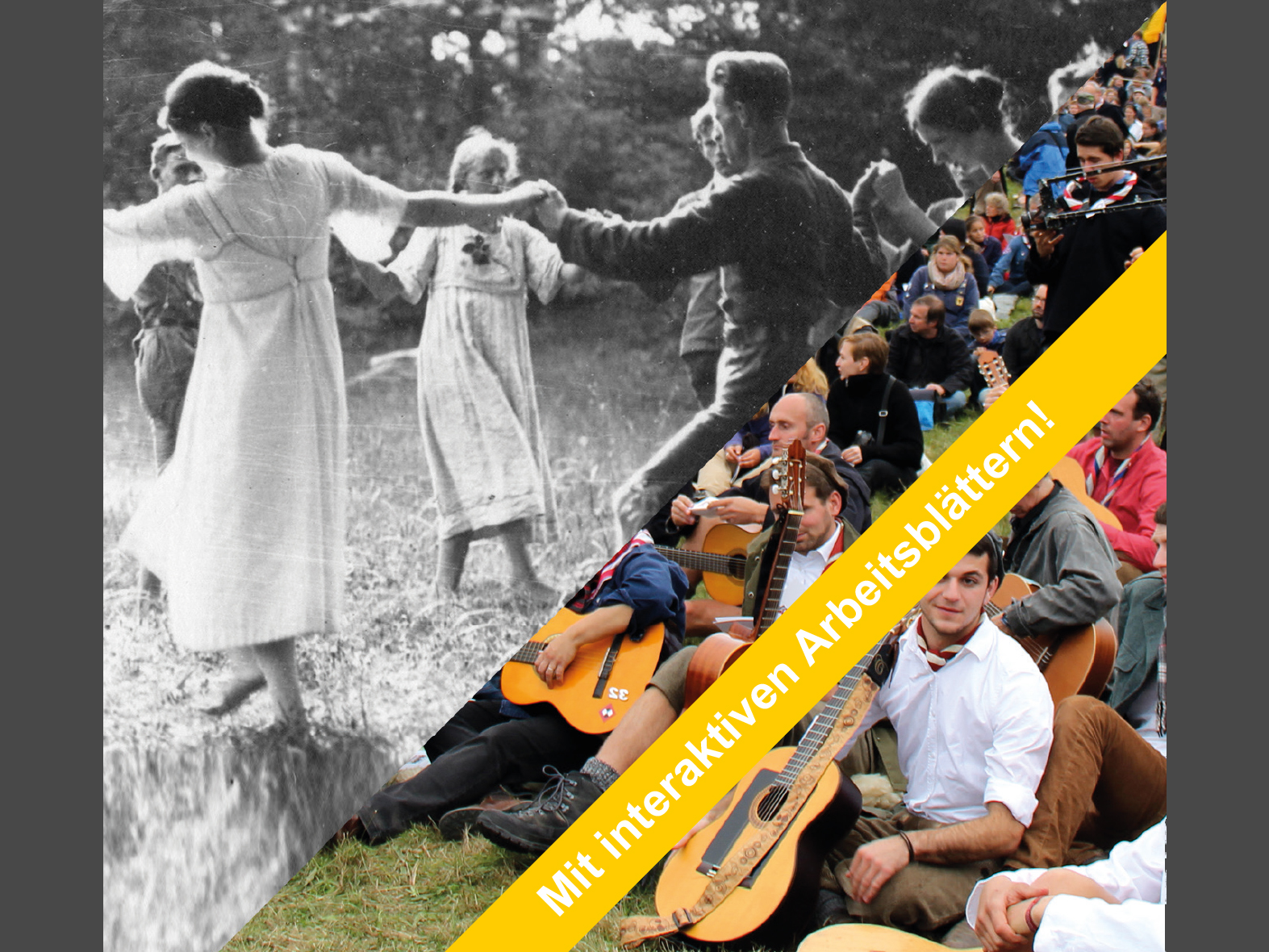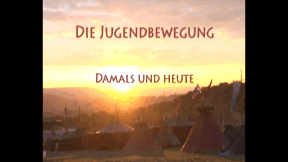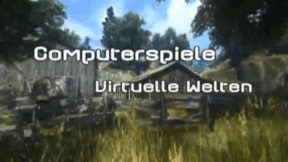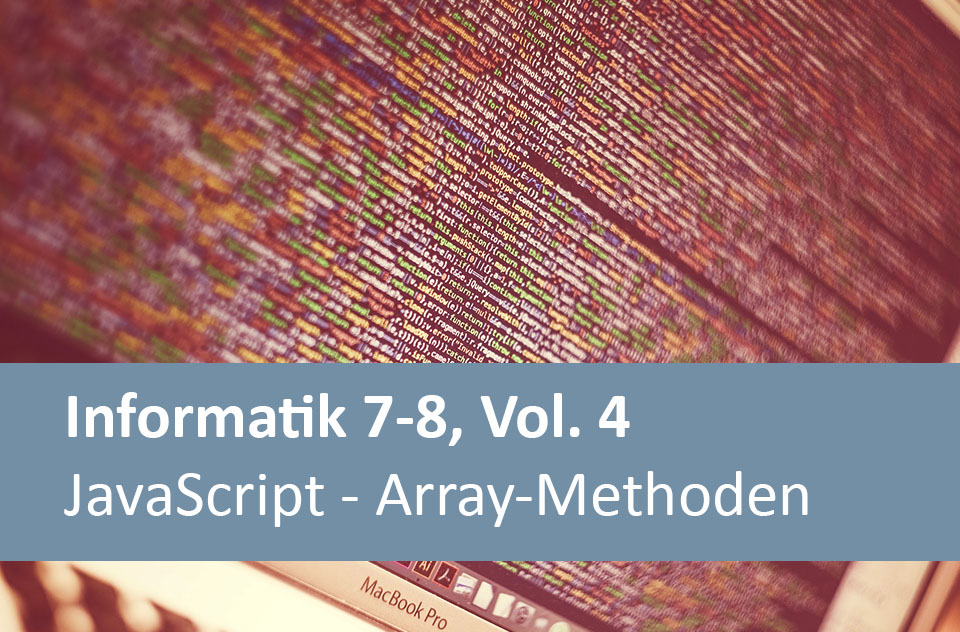
55501580
JavaScript – Array-Methoden
In unserem Arbeitsheft Informatik 7-8, Vol. 4: JavaScript – Array-Methoden finden Sie 50 interaktive und didaktisch aufbereitete Aufgaben.
Das Medium bietet H5P-Aufgaben an, die ohne zusätzliche Software verwendbar sind. Das Medium enthält 50 H5P-Aufgaben zum Thema JavaScript – Array-Methoden.
Durch interaktive Aufgabentypen wird das audiovisuelle und interaktive Lernen einfach.
Lernen macht jetzt Spaß!
Included Tasks
- 1. Ordne den Quellcode - JavaScript-Arrays (1)
- 2. Ordne den Quellcode - JavaScript-Arrays (2)
- 3. Ordne den Quellcode - join()-Methode (3)
- 4. Ordne den Quellcode - pop()-Methode (4)
- 5. Ordne den Quellcode - pop()-Methode (5)
- 6. Ordne den Quellcode - push()-Methode (6)
- 7. Ordne den Quellcode - push()-Methode (7)
- 8. Ordne den Quellcode - shift()-Methode (8)
- 9. Ordne den Quellcode - shift()-Methode (9)
- 10. Ordne den Quellcode - unshift()-Methode (10)
- 11. Ordne den Quellcode - unshift()-Methode (11)
- 12. Ordne den Quellcode - Array-Index (12)
- 13. Ordne den Quellcode - length()-Eigenschaft (13)
- 14. Ordne den Quellcode - delete-Index (14)
- 15. Ordne den Quellcode - splice()-Methode (15)
- 16. Ordne den Quellcode - splice()-Methode (16)
- 17. Ordne den Quellcode - splice()-Methode (17)
- 18. Ordne den Quellcode - concat()-Methode (18)
- 19. Ordne den Quellcode - concat()-Methode (19)
- 20. Ordne den Quellcode - concat()-Methode (20)
- 21. Ordne den Quellcode - slice()-Methode (21)
- 22. Ordne den Quellcode - slice()-Methode (22)
- 23. Ordne den Quellcode - slice()-Methode (23)
- 24. Ordne den Quellcode - slice()-Methode (24)
- 25. Ordne den Quellcode - JavaScript-Arrays (25)
- 26. Untersuche den JavaScript-Quellcode (Arrays) (1)
- 27. Untersuche den JavaScript-Quellcode (toString) (2)
- 28. Untersuche den JavaScript-Quellcode (join) (3)
- 29. Untersuche den JavaScript-Quellcode (pop) (4)
- 30. Untersuche den JavaScript-Quellcode (pop) (5)
- 31. Untersuche den JavaScript-Quellcode (push) (6)
- 32. Untersuche den JavaScript-Quellcode (push) (7)
- 33. Untersuche den JavaScript-Quellcode (shift) (8)
- 34. Untersuche den JavaScript-Quellcode (shift) (9)
- 35. Untersuche den JavaScript-Quellcode (unshift) (10)
- 36. Untersuche den JavaScript-Quellcode (unshift) (11)
- 37. Untersuche den JavaScript-Quellcode (Array) (12)
- 38. Untersuche den JavaScript-Quellcode (lenght) (13)
- 39. Untersuche den JavaScript-Quellcode (delete) (14)
- 40. Untersuche den JavaScript-Quellcode (splice) (15)
- 41. Untersuche den JavaScript-Quellcode (splice) (16)
- 42. Untersuche den JavaScript-Quellcode (splice) (17)
- 43. Untersuche den JavaScript-Quellcode (concat) (18)
- 44. Untersuche den JavaScript-Quellcode (concat) (19)
- 45. Untersuche den JavaScript-Quellcode (concat) (20)
- 46. Untersuche den JavaScript-Quellcode (slice) (21)
- 47. Untersuche den JavaScript-Quellcode (slice) (22)
- 48. Untersuche den JavaScript-Quellcode (toString) (23)
- 49. Methoden im Array - Interaktive Aufgaben
- 50. JavaScript-Arrays - Quellcode ergänzen
Curriculum-centred and oriented towards educational standards
Matching
Podcasting
Today, the use of new media has become a matter of course not only in everyday life – schools and teaching, too, benefit from the new technologies and methods, which support active and independent learning. Especially in computer science, ethics and language courses but also in all other subjects, modern media are a valuable pedagogic and didactic asset. This DVD uses the example of podcasts to demonstrate how the possibilities opened up by new media can be applied in the classroom and how the pupils can be taught to handle them in a competent and target-oriented manner. The film is aimed at supporting the use of podcasts at school and encourages making them. This also requires the ability to find information on the Internet and assess it. The film informs on the functionality of podcasts and technical background as well as on the teaching and learning possibilities offered by podcasts – ranging from specific contents to superordinate learning targets such as the advancement of creativity and team spirit. The DVD is a useful support for teachers applying new media and wishing to show their pupils how to handle Running Time: 20:29 ms them in a sensible way.
Youth Movement
Dancing until your feet hurt: Here, at the meeting on the Hoher Meissner near Kassel, 3,500 participants from Boy Scout associations, youth and Wandervogel groups from all over the German-speaking region have gathered. They want to celebrate, simply get to know each other and commemorate a historic anniversary.
Computer Games
This film covers the topic of computer games in a variety of ways and from many different angles. Apart from the fascina- tion of computer games for users, the historical development as well as the production of computer games are described. The established genres are introduced, the guidelines of the German BPjM are explained. In light of recent public discussions, a neutral overview of the pros and cons of playing computer games is given, and different kinds of player behaviour are outlined. In this film, the pupils will recognise many aspects of their favourite pastime that encourage an independent, constructive use of this medium and reinforce their media competency. The film and teaching material are very closely related to the real-life situation.




